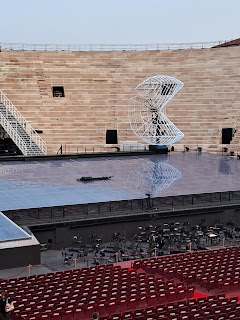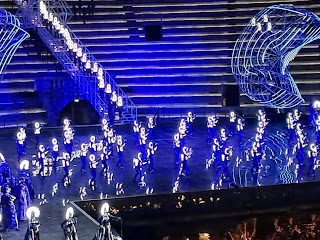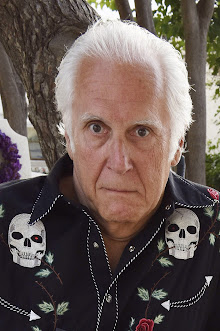Kwei--Wed
I know, I was supposed to have posted last week. I shamelessly delayed just to line up with a neat, satisfying number. Today marks exactly 28 days—a clean four weeks—until I board a flight to Spain. Forgive the calendrical offense, fellow Murder Is Everywhere authors. The obsessive symmetry of “one month out” was just too good to resist.
I’m Holding the Visa. This Is Happening.
A shiny, official Spanish visa in my passport. It says, in no uncertain terms, “You’re going.” Not “you might go,” or “you’ll try.” You. Are. Going.
On July 30, I board a Boeing 787 to begin a new life in Oviedo, capital of Asturias in northern Spain. I’ll walk more. I’ll own less. I’ll inhale more green than concrete. Hopefully, I’ll have fewer migraines (though that part’s TBD).
Why I Chose Oviedo: A Simpler Life for an African American Moving to Spain
After years of tight schedules, traffic jams, and the mental clutter that seems endemic to life in the U.S., I’ve been aching for simplicity:
No car.
No Amazon box towers.
No constant political barrage.
Instead, I want walkable streets, Spanish-language conversations that challenge me (but don’t break me), and to live near parks instead of parking lots. The lush green comes from the ample rainfall, which is perfectly fine with me.
The African American Angle
Moving to Spain as an African American brings its own set of questions—about belonging, language, and how I’ll be seen. I’m not heading to a metropolis like Madrid or Barcelona. I chose Oviedo because it’s quieter, greener, and more about substance than spectacle. I’m bringing with me curiosity, openness, and a lifetime of experience navigating spaces not always designed for people like me—whether in Ghana, the U.S., or now, Spain.
The Place
Oviedo isn’t flashy, and that’s its charm. It’s not trying to be New York, LA, or even Madrid. It’s a clean, safe city of about 220,000 nestled in a forested corner of Spain near the Bay of Biscay.
 |
Founded in 761 AD, Oviedo is dotted with cathedrals, cider bars, coffee shops, and peacocks strutting through public parks like they run the place—because they kind of do.
Peacock in the Park (Image: Travel Blog and Guide)
Despite modern growth, the medieval heart of Oviedo hasn’t been ripped out by overdevelopment.
 |
The Spanish Curve
I speak Spanish—but mine is Southern California–style, infused with Latin American flavors. Spain-Spanish? Different ingredients. I’m prepping for the vosotros curveballs and the Asturian accent quirks by taking classes now, which I’ll continue in Oviedo.
I expect to fumble idioms, order the wrong things, and get stared at. But those looks in Spain, other Black travelers say, are mostly curious, not hostile—worlds away from the microaggressions we know in the U.S.
The Migraine Question
Let’s be honest: airports are migraine hell. Noise, crowds, flashing lights, fluorescent hellscapes. I’m treating travel day like a military op: hydration, noise-canceling headphones, backup meds, meditation, and deep breaths.
Airport nightmare: we know the drill (Image: Stock Cake)
Will the migraines follow me to Spain? Maybe. But I’m hoping a slower pace, fresh air, less stress, and maybe a horse or two will ease the burden.
The Mood, Today
Right now, I feel like a man straddling two worlds:
👛 One foot still planted in the life I know.
🚏 The other on an e-bike somewhere in Oviedo, coasting downhill into something freer.
There’s excitement, yes. But also nerves. Will I be lonesome? Will I find community? Will I miss Sprout’s unsweetened peanut butter?
Probably.
But fear doesn’t mean stop. It just means go with awareness.
One Month Out
So here I am. Visa in hand. Exit in sight.
This blog—An African American in Spain—will be a space to track this journey: the culture shocks, the laughs, the lows, the discoveries.
If you’ve ever dreamed of hitting reset—of really doing it—you’ll want to stick around. It’s not always easy. But it’s always worth writing about.


















































.jpeg)







.jpeg)












